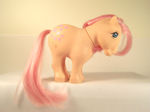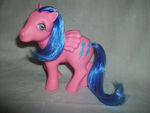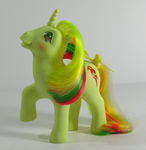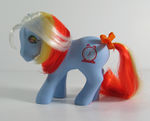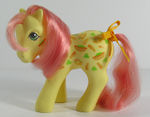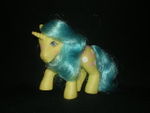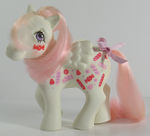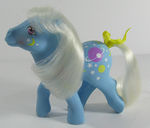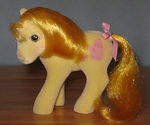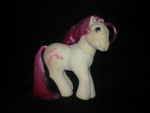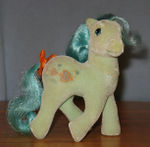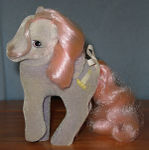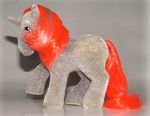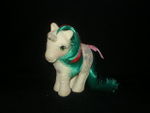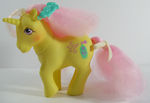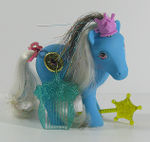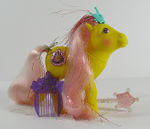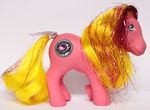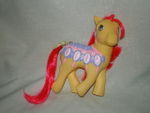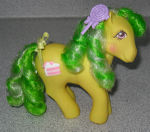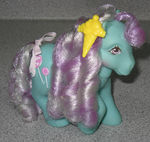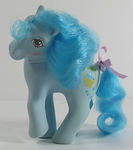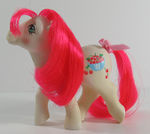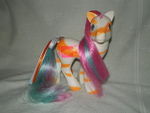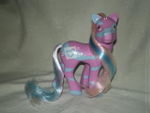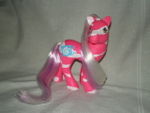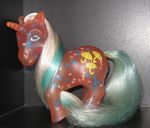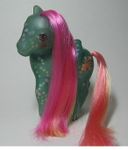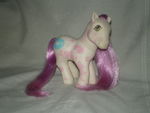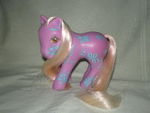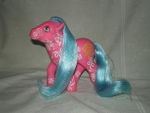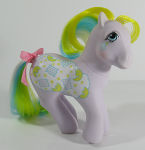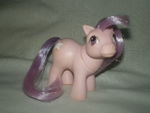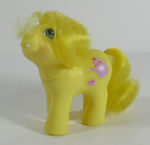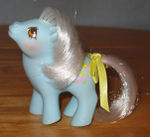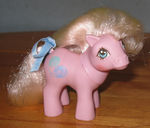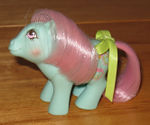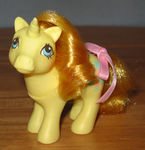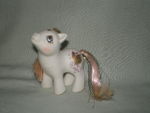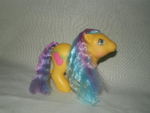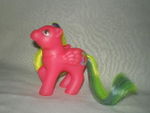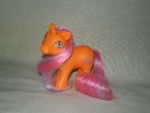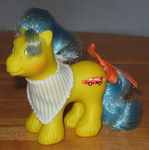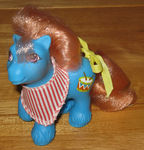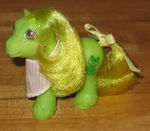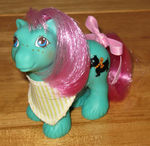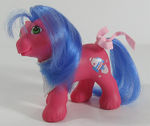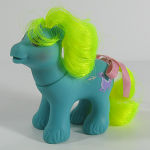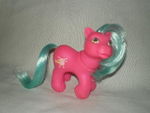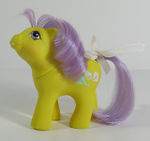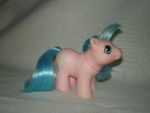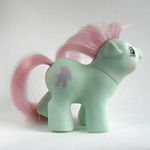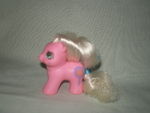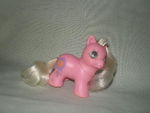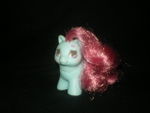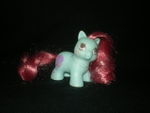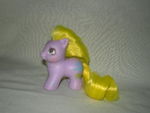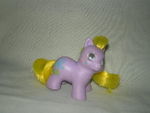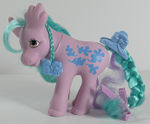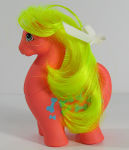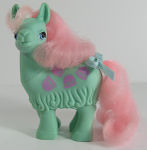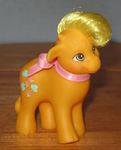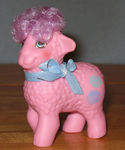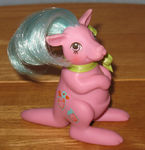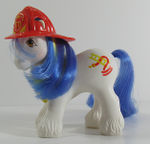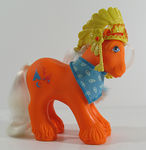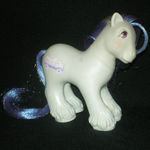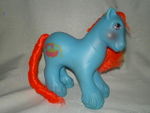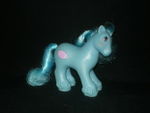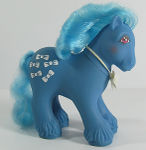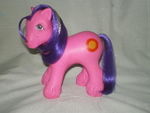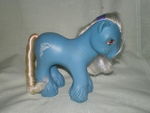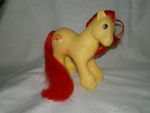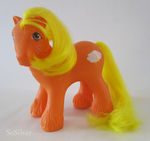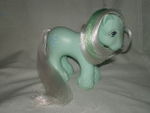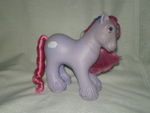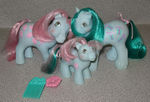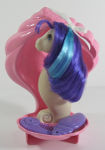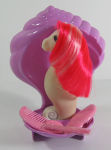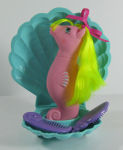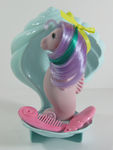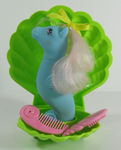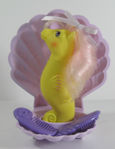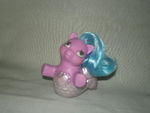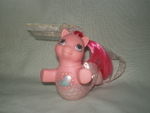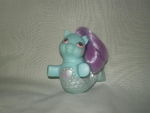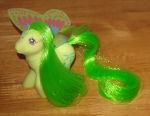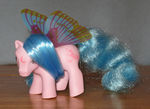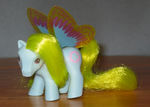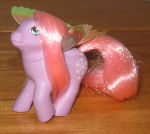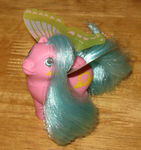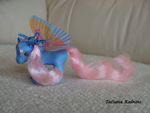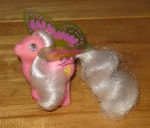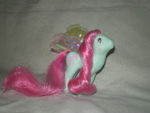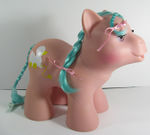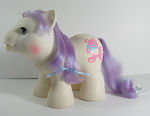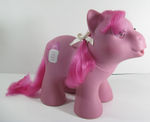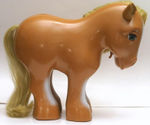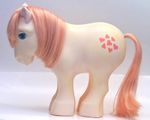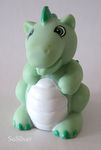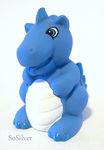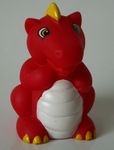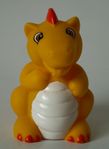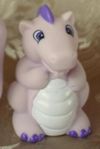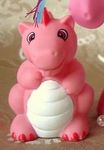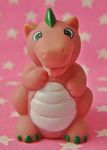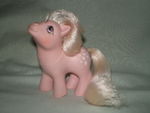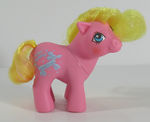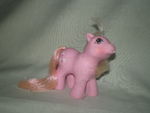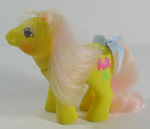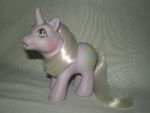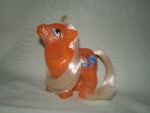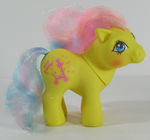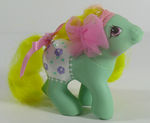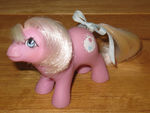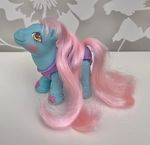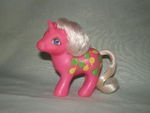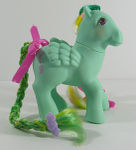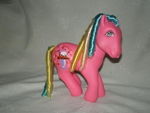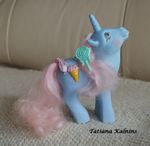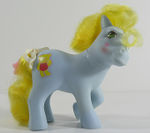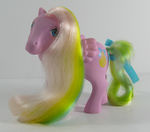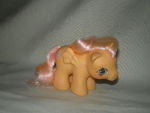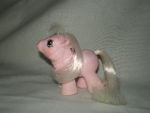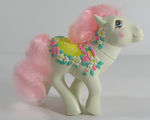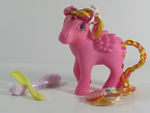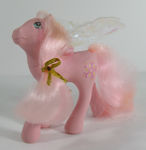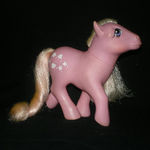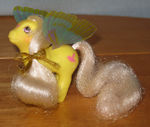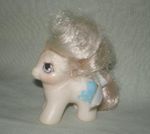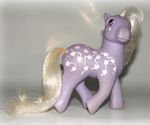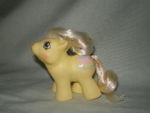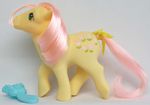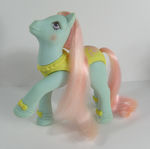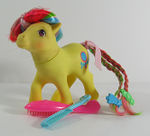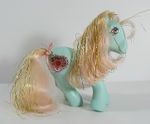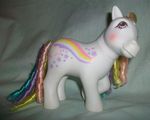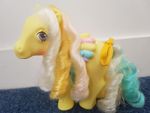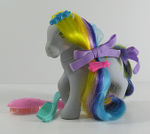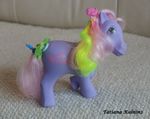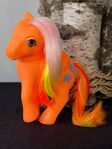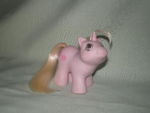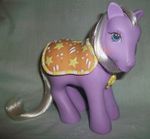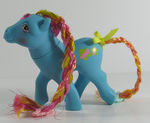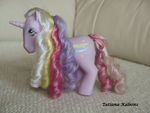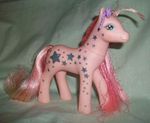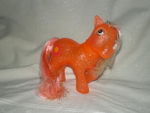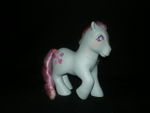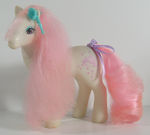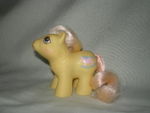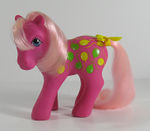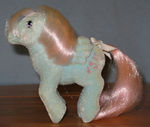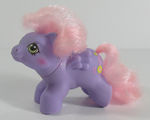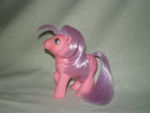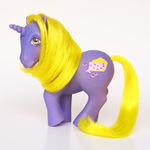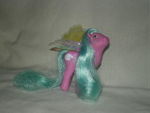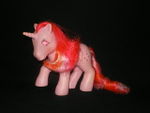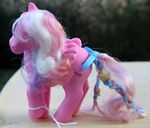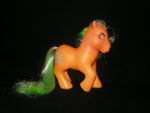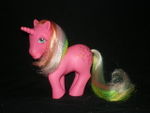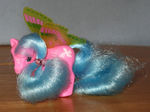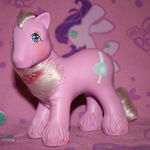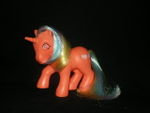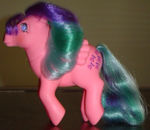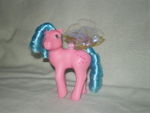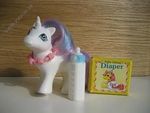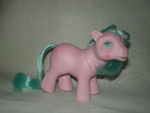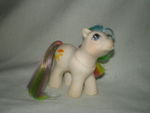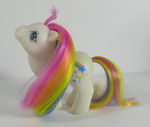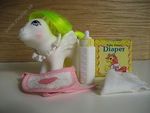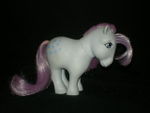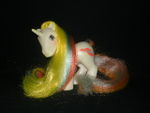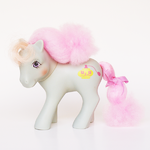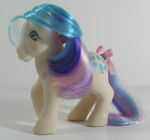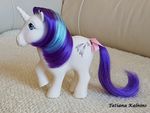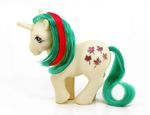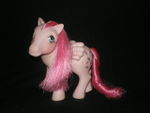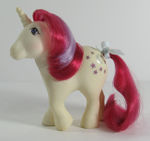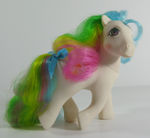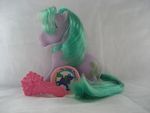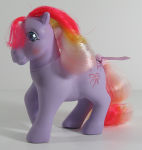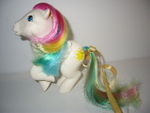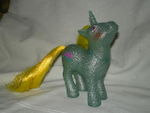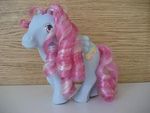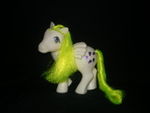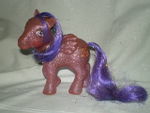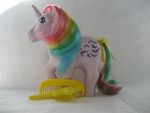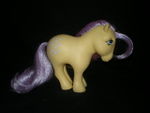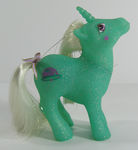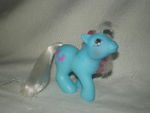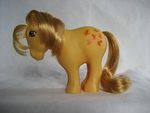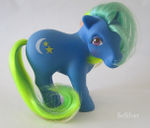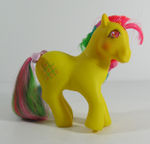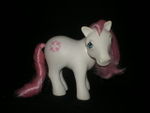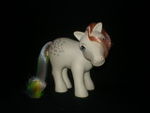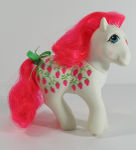Difference between revisions of "Bait"
m (age spo) |
|||
| Line 368: | Line 368: | ||
File:Sprinkles.jpg|[[Sprinkles]] (lavender -> tan/peach) | File:Sprinkles.jpg|[[Sprinkles]] (lavender -> tan/peach) | ||
File:Starshine.jpg|[[Starshine]] (white -> tan) | File:Starshine.jpg|[[Starshine]] (white -> tan) | ||
| + | File:German_Starshine.jpg| German [[Starshine]] (white -> tan) | ||
File:Star_Hopper.jpg|MO [[Star Hopper]] (geeen ->grey brown) | File:Star_Hopper.jpg|MO [[Star Hopper]] (geeen ->grey brown) | ||
File:Sugar_Apple.jpg|[[Sugar Apple]] (light blue - grey/green blue) | File:Sugar_Apple.jpg|[[Sugar Apple]] (light blue - grey/green blue) | ||
| Line 439: | Line 440: | ||
File:4-Speed.jpg|[[4-Speed]] | File:4-Speed.jpg|[[4-Speed]] | ||
File:SeaMist.jpg|[[Sea Mist]] | File:SeaMist.jpg|[[Sea Mist]] | ||
| + | File:German_Starshine.jpg| German [[Starshine]] (especially the metallic symbol version) | ||
</gallery> | </gallery> | ||
|} | |} | ||
Revision as of 13:27, 14 July 2015
Bait is a term properly given to ponies who are damaged beyond reasonable repair, destined as the base material for custom ponies. The exact definition of what ponies are bait and which are better off restored will vary from person to person, and with the perceived value of the particular pony in question. Value is not purely monetary - a beloved childhood pony may be common, but have great sentimental value to the original owner. Notwithstanding, replacement cost and ease of repair will be the deciding factors for most ponies.
The term bait is often incorrectly applied by resellers to any pony who is not in mint condition, including those with minor, completely fixable flaws. Given that some of the earliest ponies are approaching thirty years old, finding a truly mint specimen is becoming increasingly difficult. Serious consideration should be taken before baiting any pony, as customization is rarely a reversible process.
Those seeking more information on the restoration of My Little Ponies are encouraged to check out the My Little Pony Preservation Project.
Contents
Restoration Recommended List
The ponies listed below are among the most sought after or rare. Restoration of these ponies is greatly encouraged over customization, as there are few enough to go around without diminishing the available supply through baiting.
- Mail Orders - See Mail Order Ponies. With the exception of Baby Stockings, Mail Order ponies tend to be rare.
- Most Foreign Ponies - see Nirvana
| Adult Ponies |
|---|
| Baby Ponies |
|---|
| Teeny Tiny Baby Ponies |
|---|
| Pony Friends |
|---|
| Big Brothers/Families |
|---|
| Sea Ponies |
|---|
| Flutter/Summer Wing/Windy Wing Ponies |
|---|
| Misc |
|---|
|
Bait Grades
There are a broad spectrum of flaws associated with ponies, from the very minor and easily fixable, to severely damaging. In general the flaws that detract the most from a pony's visual appeal and are difficult or impossible to fix are the most likely to qualify a pony as bait. The more common the pony, the less likely restoration will be worthwhile with major flaws.
Easy Fixes
- Dirt
- Surface Marks
- Tangled/Messy Hair
- Tail Rust
- Surface Glue
- Noxious Odor
- Missing Tail
- Plasticizer Leeching
- Minor Mildew / Mold
Intermediate Fixes
- Frizzy/Damaged Hair
- Faded Hair
- Haircuts
- Major Mildew / Mold
- Minor Pen Marks
- Damaged Paint
- Yellowing
- Pindot
- Scrapes
- Deformed Legs/Body
- Minor Flocking Loss
Difficult Fixes
- Chew Marks/Plastic Damage
- Holes in Plastic / Gouges
- Broken Horns
- Missing ears
- Broken Mechanics
- Rusty Beddy Bye Eyes
Unfixable
- Missing Head or Body
- Severe Permanent Marker Damage
- Regrind
- Major flocking loss
- "Cancer" or age spots
- Symbol Rust
Ponies with Consistent Issues
The following is a compilation of specific ponies which commonly are found with a certain flaw. These are caused by the original manufacturing methods/materials or an inherent design issue with the pony itself. In general a pony without the listed flaw will be more desirable than one with it. Some ponies are almost impossible to find without their specific flaws. While almost any pony can present with any problem, these ponies consistently and regularly show up with these specific issues and are difficult to find without them.
| "Fading Pink" Hair Color (American Releases) |
|---|
| Fading Pink hair is a light, vibrant peachy pink originally that fades easily with exposure to UV. It is quite capable of becoming completely white and varying shades of light pink. The ponies below with white or partially white hair are not special or variants, they are simply sun damaged to varying degrees. |
|
| Regrind |
|---|
| Regrind is a result of plastic recycling and improper blending during manufacture. It presents as yellow, hot pink or orange "blooms" of color in the plastic. The more vibrant ponies seem especially prone to regrind issues. Spots which are not pink/orange are more likely to be age spots or "cancer". Party Time in particular is notorious for having regrind. |
| Discoloration |
|---|
| Discoloration (or yellowing) is an all-over shift in the original body color of the pony. It is most common in white/light colored ponies, who turn off-white to yellow or grey. Parenthesis note original color to discolored shade. |
|
| Head/Body Mismatch |
|---|
| Certain ponies are commonly found with a notable discrepency in hue between their body and head. While almost any pony can potentially be slightly off, the ponies listed below often have a very significant difference. |
|
| Age Spots |
|---|
| Commonly referred to as Age Spots, "Cancer", or mold spots, the causes of these marks are not fully understood but have at least several different sources. Considered one of the least desirable flaws to have on a pony. |
|
| Pindot |
|---|
| Pindot (also known as "smooze") is caused by plastic deterioration coupled with exposure to dirt. Particles settle into the pits/pores of the plastic, leaving a distinctive speckled look. |
|
| Symbol Rust |
|---|
| Discoloration that presents similar to age spots, above, but is orange/brown and always confined to the area adjacent/under glittery symbols. Caused by rusting of the metal flakes. |
